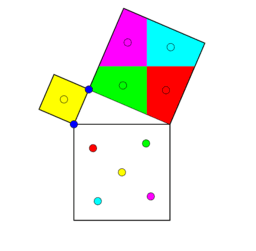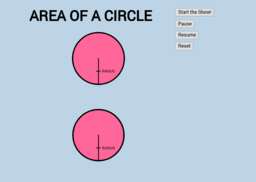概要
Unlocking Math and Science Potential
In today’s digital age, interactive learning tools are transforming the way students engage with mathematics and science. GeoGebra, a leading platform in this field, offers a dynamic environment for exploring mathematical concepts through visually engaging, hands-on activities. Whether you’re solving algebraic equations, visualizing geometry, or experimenting with calculus, GeoGebra provides an accessible and versatile toolkit that makes math and science both exciting and understandable. Here’s how students and educators can leverage GeoGebra’s resources to unlock new learning potential.
1. Visualize Math Concepts
GeoGebra excels in bringing abstract mathematical concepts to life through visualizations. For instance:
Geometry: Students can interact with shapes, measure angles, and see how transformations (like rotations, reflections, and translations) affect figures in real time. This hands-on approach deepens understanding by showing immediate feedback, which static images or traditional paper exercises often lack.
Algebra and Calculus: Graphing functions becomes intuitive with https://essayltd.com/. By plotting equations and manipulating variables, students can instantly see the impact of changes, helping them to understand concepts like slopes, limits, and derivatives.
2. Interactive Simulations for Science
Beyond mathematics, GeoGebra offers tools for physics and other sciences, allowing students to experiment with simulations that replicate real-world phenomena. Teachers can create models of scientific concepts, such as projectile motion, electrical circuits, and wave behavior. Students can then modify parameters in these simulations, providing a deeper understanding of complex scientific principles.
3. Creating Custom Learning Experiences
GeoGebra’s flexibility makes it ideal for creating custom activities tailored to specific learning goals. Teachers and students can design interactive worksheets, quizzes, and tutorials that address individual needs or explore unique questions. GeoGebra’s platform supports collaborative projects, so students can share their work and insights, making it easy to learn from one another.
4. Access to a Global Community and Resources
GeoGebra has a rich community of educators and learners worldwide who share resources, tips, and activities. Through the GeoGebra Materials platform, users have access to thousands of pre-made activities across different math and science subjects. Students can explore topics beyond their standard curriculum, while teachers can find inspiration and materials to enhance their lessons.
5. Supporting Self-Paced Learning and Assessment
GeoGebra is invaluable for students seeking to learn at their own pace. Its interactive nature encourages exploration and experimentation, helping students build confidence in their problem-solving skills. Teachers can also create formative assessments to gauge student understanding, making it a powerful tool for continuous feedback and growth.
Getting Started with GeoGebra
GeoGebra’s intuitive design and free resources make it easy to begin:
Sign Up: Register for a free GeoGebra account on GeoGebra.org. This unlocks the ability to save work, access a personal workspace, and collaborate on projects.
Explore Tools: Familiarize yourself with GeoGebra’s tools for geometry, algebra, statistics, and calculus. Start with basic activities and gradually move to more complex applications.
Join the Community: Engage with GeoGebra’s community for support, new ideas, and ready-made activities tailored to various educational levels.
GeoGebra is more than a tool; it’s an interactive learning environment that brings math and science to life. By integrating this platform into daily studies, students can foster a love for discovery, deepen their understanding of key concepts, and develop problem-solving skills that will benefit them far beyond the classroom. Dive into GeoGebra, and experience how learning math and science can be both fun and profoundly rewarding.


